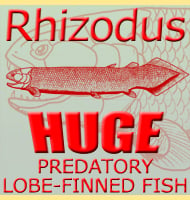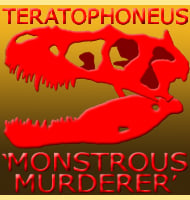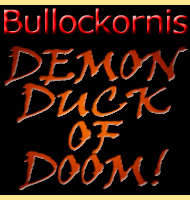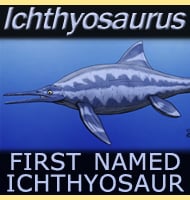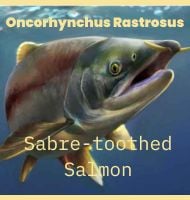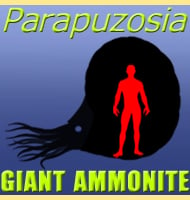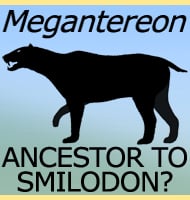In Depth
Originally classed as a species of Pliohippus, Dinohippus seems to have been one of the most common horses in prehistoric North America. Dinohippus is considered to have been very close to the modern horse genus Equus, and like modern horses, Dinohippus lacked a dished face. Dinohippus was once considered to have been an exclusively monodactyl horse, but some fossil evidence has now revealed that a few individuals were tridactyl, possibly indicating that the monodactyl/tridactyl development was dependent more upon the species as opposed to a hard and fast rule about the genus. The legs and feet of Dinohippus are also formed in such a way that Dinohippus could stand for extended periods of time with only the bare minimum of energy expenditure. It is for these features that many people have considered Dinohippus to be the immediate ancestor to modern horses.
Further Reading
- Miocene Equidae of the Texas gulf coastal plain. - University of Texas, Bureau of Economic Geology - J. H. Quinn - 1955. - Astrohippus and Dinohippus. - Journal of Vertebrate Paleontology 4(2):273-283. - B. J. MacFadden - 1984. - Estimating the body mass of extinct ungulates: a study on the use of multiple regression. - Journal of Zoology - M. Mendoza, C. M. Janis & P. palmqvist - 2006.


